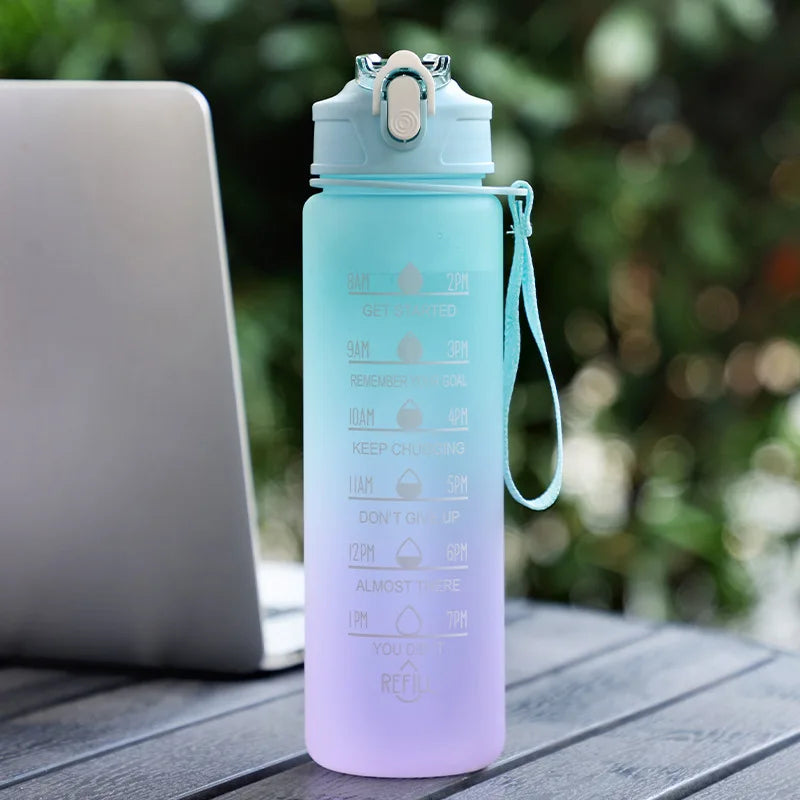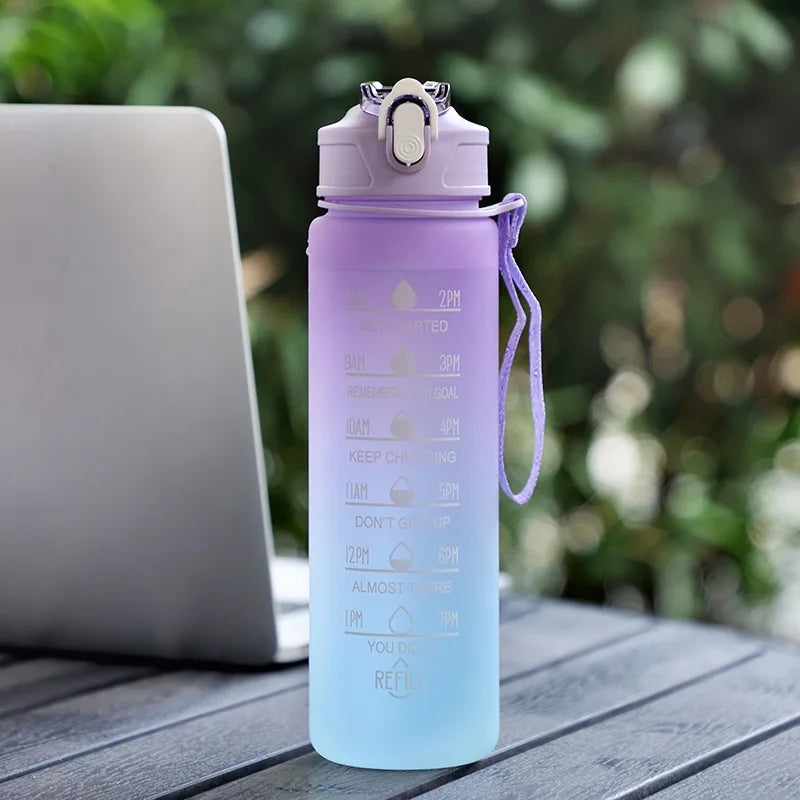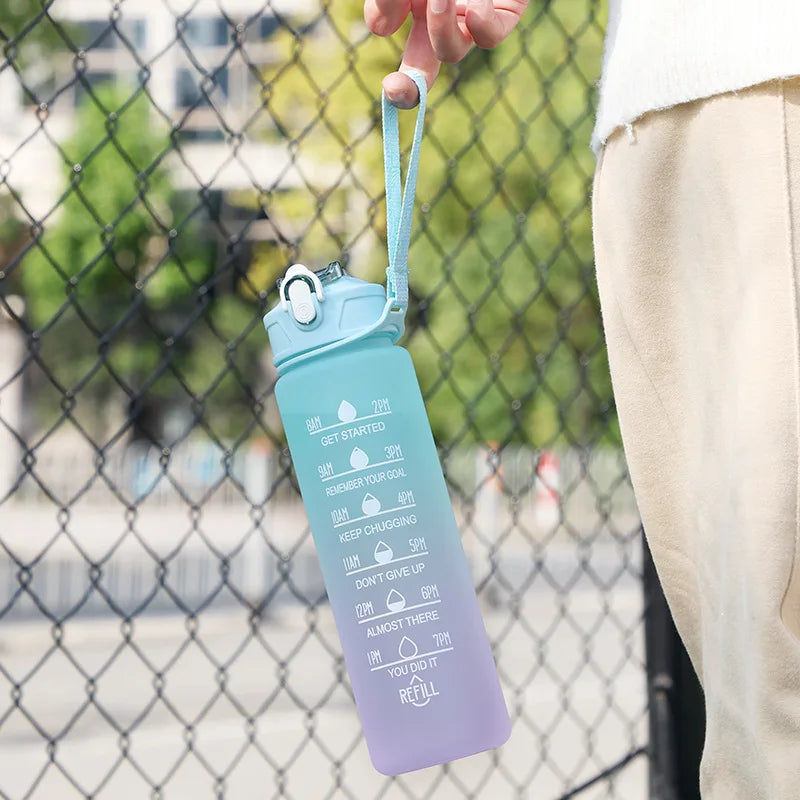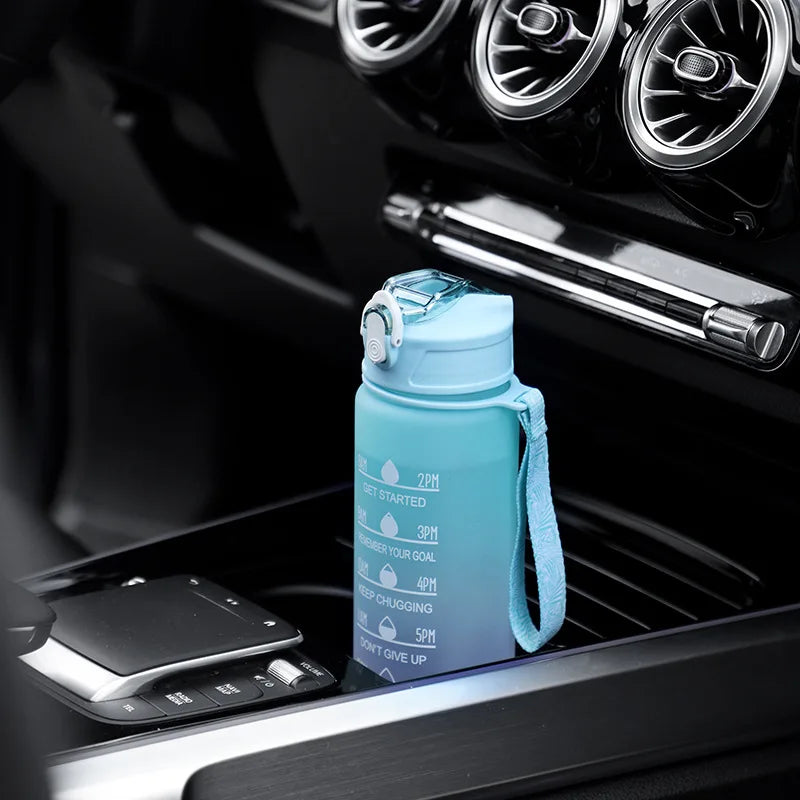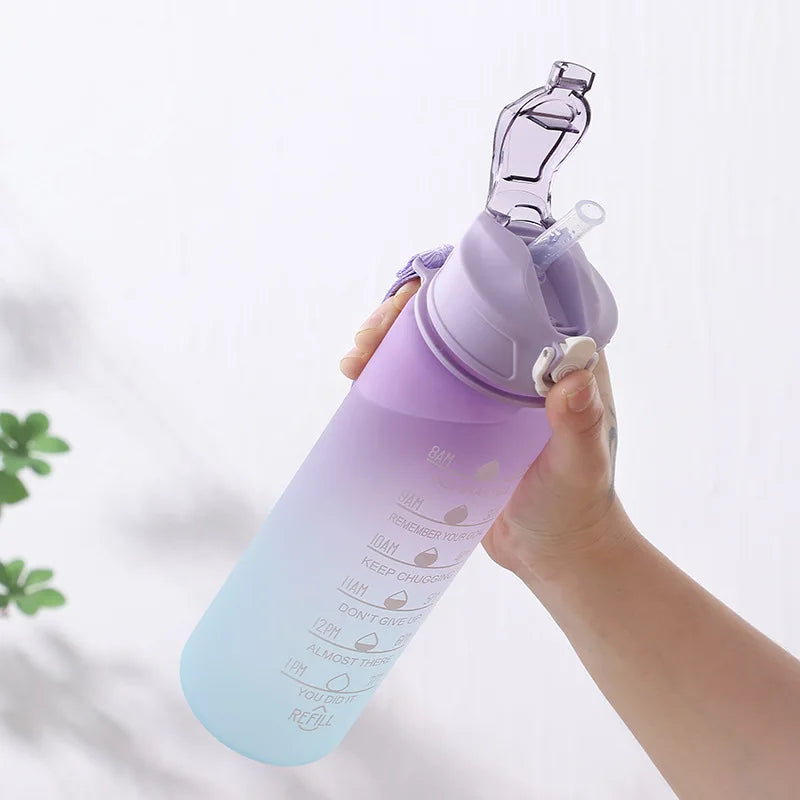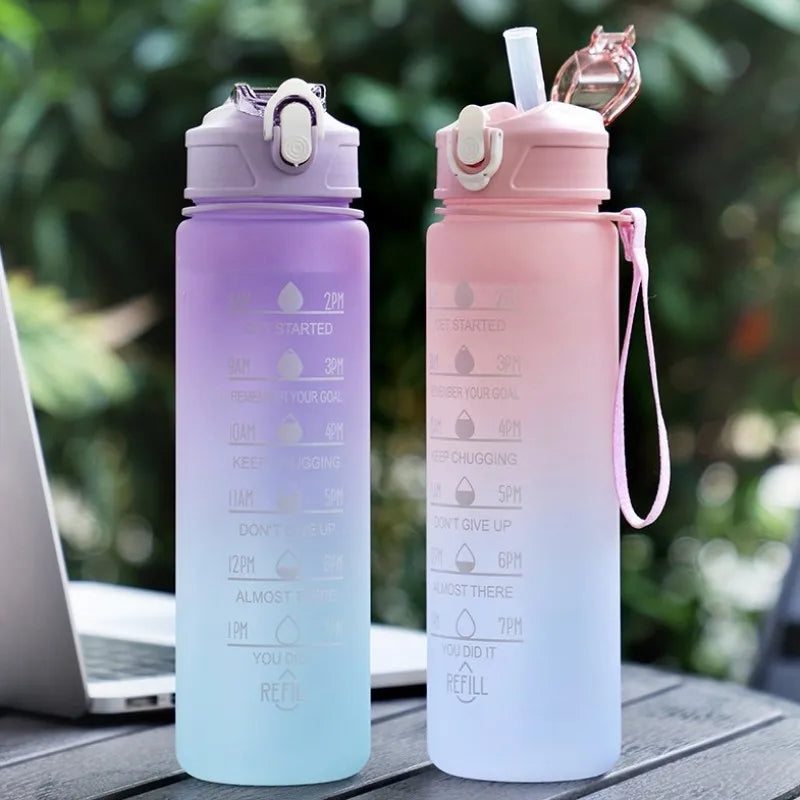How Long Should You Use Silicone Sheets for Maximum Effectiveness?
Introduction
Silicone sheets are a widely recommended treatment for minimizing the appearance of scars. They are especially effective for hypertrophic and keloid scars, post-surgical scars, and scars from burns and injuries.
One of the most common questions about silicone sheet treatment is the duration of use required to achieve maximum effectiveness. This article provides a comprehensive guide on how long you should use silicone sheets and the factors that influence their efficacy.
| Phase | Description |
|---|---|
| Initial Phase (0-2 months) | Begin using silicone sheets as soon as the wound is closed and healed; wear for 12-24 hours daily. |
| Intermediate Phase (2-6 months) | Continue consistent use, ensuring cleanliness; monitor scar changes in texture, color, and thickness. |
| Extended Phase (6-12 months) | For severe or slow-healing scars, extend use of silicone sheets while maintaining consistent application. |
Understanding Silicone Sheets
Silicone sheets are flexible, self-adhesive strips made from medical-grade silicone. They work by creating a moist healing environment, which helps to reduce scar thickness, color, and texture. Silicone sheets are typically recommended by dermatologists and plastic surgeons due to their proven effectiveness in scar management.

Factors Influencing Duration of Use
1. Type and Severity of the Scar
The type and severity of the scar play a crucial role in determining how long silicone sheets should be used. For instance, hypertrophic and keloid scars often require longer treatment durations compared to less severe scars.
- Hypertrophic Scars: These scars are raised but remain within the boundaries of the original wound. Treatment typically lasts between 2 to 6 months.
- Keloid Scars: These scars extend beyond the original wound boundaries and may require treatment for 6 to 12 months or longer.
- Post-Surgical Scars: Depending on the location and size of the surgical incision, treatment can range from 2 to 6 months.
| Factor | Description |
|---|---|
| Type and Severity of Scar | Hypertrophic scars require 2-6 months; Keloid scars may require 6-12 months or longer; Post-surgical scars range from 2-6 months depending on location and size. |
| Age of the Scar | New scars respond within 8-12 weeks; Older scars may require 6 months or more for significant improvement. |
| Consistency of Use | Daily wear of 12 to 24 hours is essential; continuous wear with brief cleaning breaks is recommended for best results. |
2. Age of the Scar
The age of the scar also affects the duration of silicone sheet usage. Newer scars tend to respond more quickly to treatment than older scars.
- New Scars: Silicone sheets are most effective when applied to new scars, typically within the first few weeks to months after wound closure. Treatment duration can be as short as 8 to 12 weeks.
- Older Scars: Older scars, which have matured over several years, may require extended use, often 6 months or more, to see significant improvement.
3. Consistency of Use
Consistency in wearing silicone sheets is vital for achieving optimal results. It is generally recommended to wear silicone sheets for at least 12 to 24 hours per day.
- Daily Wear: For best results, silicone sheets should be worn continuously, with brief breaks to clean the scar and the sheet. This continuous wear ensures a consistent healing environment.
- Duration: The minimum recommended daily wear time is 12 hours, but 24-hour wear is preferred.

Recommended Duration of Use
General Guidelines
Based on clinical recommendations and user experiences, the following guidelines provide a framework for the duration of silicone sheet use:
- Initial Phase (0-2 months): Begin using silicone sheets as soon as the wound is closed and healed. Wear the sheets for at least 12 to 24 hours per day.
- Intermediate Phase (2-6 months): Continue consistent use, ensuring the sheets remain clean and intact. Monitor the scar for changes in texture, color, and thickness.
- Extended Phase (6-12 months): For more severe scars or those showing slower improvement, extend the use of silicone sheets. Consistency remains crucial during this phase.
Monitoring Progress
Regular monitoring of the scar’s progress is essential. Look for signs of improvement, such as reduced redness, flattened scar tissue, and improved texture. Adjust the duration of use based on the observed progress and any advice from healthcare professionals.
Practical Tips for Using Silicone Sheets
To maximize the benefits of silicone sheets, consider the following practical tips:
- Cleaning: Clean both the scar area and the silicone sheet daily to maintain hygiene and adhesive properties.
- Replacement: Replace silicone sheets every 2 to 4 weeks, or as recommended by the manufacturer, to ensure effectiveness.
- Combination Treatments: In some cases, combining silicone sheets with other treatments, such as silicone gels or pressure garments, may enhance results. Consult with a healthcare provider before combining treatments.

Conclusion
Determining the appropriate duration for using silicone scar sheets involves considering factors such as the type and severity of the scar, the age of the scar, and consistency of use. By adhering to general guidelines and monitoring progress, individuals can maximize the effectiveness of silicone sheets in improving scar appearance. For personalized advice, always consult with a healthcare professional to tailor the treatment plan to your specific needs.
References:
https://www.ncbi.nlm.nih.gov/pmc/articles/PMC4486716/
https://www.ncbi.nlm.nih.gov/pmc/articles/PMC2989813/
https://www.ncbi.nlm.nih.gov/books/NBK586090/
General Disclaimer: All information here is for educational purposes only and is not meant to cure, heal, diagnose nor treat. This information must not be used as a replacement for medical advice, nor can the writer take any responsibility for anyone using the information instead of consulting a healthcare professional. All serious disease needs a physician.

